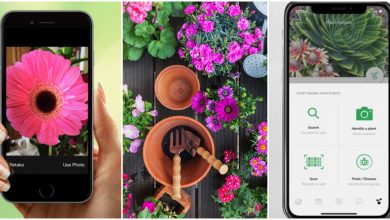Prune Geraniums: [Importance, Time, Tools, Considerations and Steps]
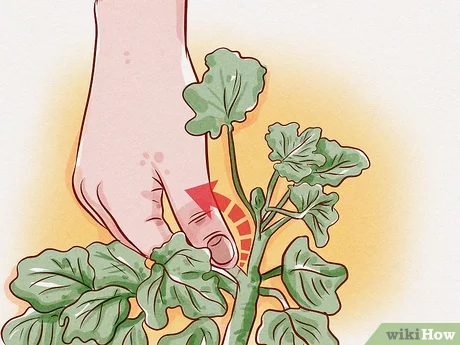
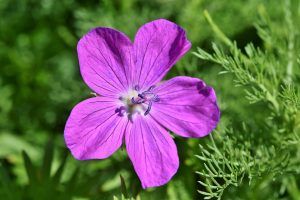 Geraniums are plants of great beauty thanks to the flowering they emit each year.
Geraniums are plants of great beauty thanks to the flowering they emit each year.
Making this stand out in any garden is possible by applying specific care where pruning is among the first places.
The idea is to help the shoots to be in the best conditions and thus contribute to health and, in turn, to the generation of more flowers.
If you don’t know how to implement geranium pruning, here is this post with the information you need to be successful.
Why prune geraniums?
The growth of geraniums has the particularity of generating spikes that can affect flowering if they are not pruned with the recommended regularity. As in the case of all plants, there are usually parts in poor condition at some time of the year that are essential to eliminate.

On the other hand, a well planned pruning and with the correct use of actions will result in a more abundant flowering and with better characteristics.
When is it better to carry out pruning of geraniums?
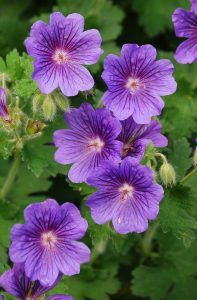 Geranium pruning is usually done at the beginning of spring when there is no longer any risk of frost.
Geranium pruning is usually done at the beginning of spring when there is no longer any risk of frost.
This time is ideal because the plant begins its sap circulation process, after resting, and wounds tend to heal very quickly.
However, when living in an area where very cold or frosty winters are not generated, pruning can be applied after flowering ends.
This will be a fall pruning and the plant will recover over the winter.
What tools should we use when pruning geraniums?
The main instrument that we will use to prune geraniums is the pruning shears, since it is a plant with thin branches that are easy to cut. When pruning geraniums, or any other plant, the tools must always be well disinfected, preferably with alcohol.
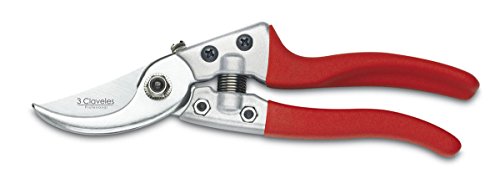
Another important point is that they have a good edge to make more precise cuts and avoid unnecessary suffering to the plant.
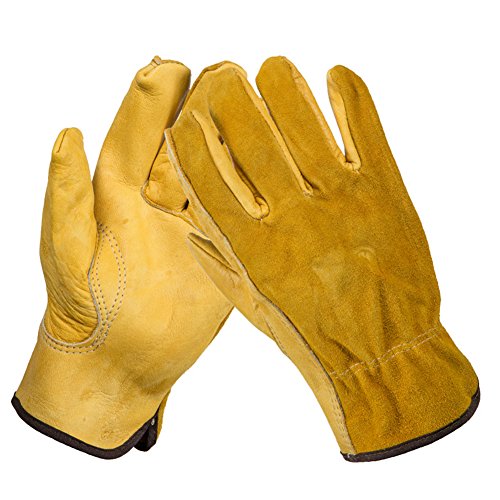
What considerations should we take into account when pruning geraniums?
Geraniums can be worked in different ways and pruning is the key to achieving each of them. For this reason, the first thing to take into account is what we hope to achieve at the end of the process, since it is possible to have it hanging, as a bush, etc.

Another important detail is to assess the general health of the plant to ensure that it is capable of withstanding the pruning that you plan to give it. It is not enough just to look at it, it is also advisable to check the underside of the leaves because there are many pests that usually stay there.
How to prune geraniums without damaging the plant?
So that your geraniums are in the best conditions, you will only have to carry out the pruning with the following steps:
- Trim away any parts that are diseased or wilted. This point is essential and can be applied at any time of the year because it is not necessary to wait until the annual pruning to remove them. Sometimes there are also parts that are not completely withered but they start the process so they can be removed at once. Remember that these areas will not only make your geraniums ugly but also influence their health.
- Select the central stems that are in better health and proceed to eliminate all the lateral ones that interfere with the shape you want to give the geranium, especially if you are looking for a rounded structure.
- Check if there is any other branch that looks weak. The most common is that these have a fairly elongated size and have a reduced number of leaves. It is very likely that these stems are not capable of producing flowers and, on the contrary, they are capable of consuming energy that could be better used by other parts of the plant.
- Stems that have already flowered at another time can be cut back above the first node. This action will help give birth to a new shoot that has all the energy to generate flowers with excellent characteristics.

The correct way to execute the cuts is with an oblique shape because this prevents the liquids from accumulating and the wound from rotting. In addition, pruning is not only beneficial for the plant that is already grown, but can also be useful for creating a new plant.
This is because geraniums thrive easily from cuttings, which saves you from having to cut it again another time. Remember that it is essential that you put into practice the rest of the care, such as fertilization, to ensure that everything goes as planned.
Maybe you are also interested in:
- How often and how to water my geraniums in winter?
- How often and how to water my potted geraniums?
- How often and how to water my Geraniums?
- How to Fertilize Geraniums: Our Method – Sembrar100
- Care of Geraniums: [Earth, Strengthening, Humidity and Pruning]
- Geranium Cuttings: [Concept, Period, Rooting and Planting]
- Pests and Diseases of Geraniums: [Detection, Causes and Solutions]
- Transplant Geraniums: [Conditions, Tools and Steps to follow]

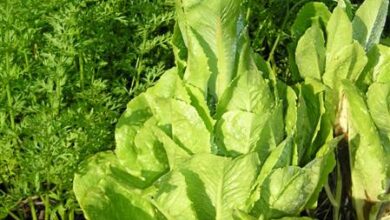
![Photo of Cabrahigo: [Characteristics, Cultivation, Care, Pests and Diseases]](https://www.complete-gardening.com/wp-content/uploads/2022/08/cabrahigo-characteristics-cultivation-care-pests-and-diseases-185x220.jpg)
